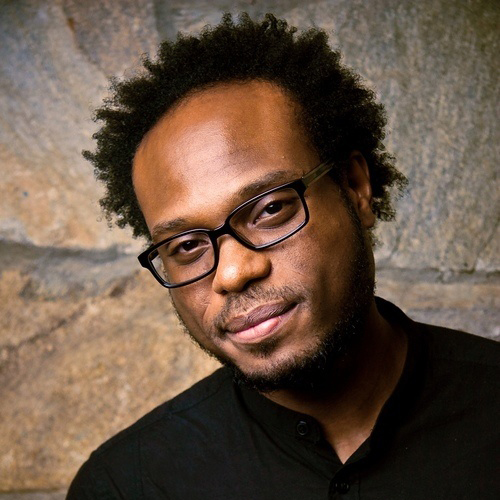Because the silk scarf could have cradled
a neck as delicate as that of a cygnet,
but was instead used in last night’s strangling,
it is possible to marvel at the finish on handcuffs.
Because I can imagine handcuffs,
pummeled by stones until shimmering,
the flashlight that sears my eyes
is too perfect to look away.
Because a flashlight has more power
on a southern roadside than my name and blood
combined and there is no power in the very human
frequency range of my voice and my name is dead
in my mouth and my name is in a clear font on a license
I can’t reach for before being drawn down on—
Because the baton is long against my window,
the gun somehow longer against my cheek,
the vehicle cold against my abdomen
as my shirt rises, twisted in fingers
and my name is asked again—I want to
say, Swan! I am only a swan.
Published:
2011
Length:
Regular
Literary Movements:
Contemporary
Anthology Years:
Themes:
Police Brutality
Racial Injustice
Literary Devices:
Anaphora
a figure of speech in which words repeat at the beginning of successive clauses, phrases, or sentences
Imagery
visually descriptive or figurative language, especially in a literary work

